
Everybody loves a good practical joke — prankster as well as those who tend to fall for the joke. The former finds satisfaction in having pulled off a trick, while the latter frequently experiences relief when the prank is over and learns it was all just a (hopefully harmless) joke.
Foolery of this kind is most popular around April Fools’ Day. Each year, the first of April is rife with practical jokes and hoaxes — a tradition that goes back hundreds of years. In honor of this year’s April Fools’, 24/7 Wall St. has identified 20 of the best practical jokes of all time.
Click here to see the best practical jokes of all time.
While practical jokes have long existed, the advent of mass media has made it so a single prank can fool hundreds, if not millions. Numerous media outlets, including newspapers, radio stations, and television stations, have tricked their audiences at some point in the last century. The British Broadcasting Corporation is especially fond of testing the public’s faith each year, and several of BBC‘s jokes have made the list.
Other businesses have also lead successful pranks. Companies like Taco Bell and Burger King have earned widespread exposure for ad campaigns that were practical jokes.
In today’s world, even an individual has the power to pull off a legendary prank. Whether it’s a man tricking his city into thinking a nearby volcano is erupting or a college student securing a master’s degree for his imaginary friend, dedication and creativity are sometimes all that’s needed to pull off a successful practical joke.

1. George P. Burdell
> Year: 1927
> Location: Atlanta, Georgia
Incoming student William Edgar Smith accidentally received two enrollment forms from Georgia Tech. Making the most of the school’s mistake, Smith filled out one form for the fictional George P. Burdell and later signed Burdell up for all the same classes and began completing his school assignments. Burdell eventually completed a bachelor of science degree — and later his master’s — in mechanical engineering. Other students at Georgia Tech made sure to keep enrolling Burdell to courses and events over the years, even after enrollment was computerized. To this day, Burdell’s birthday is still celebrated each year on campus — on April 1, of course.
[in-text-ad]
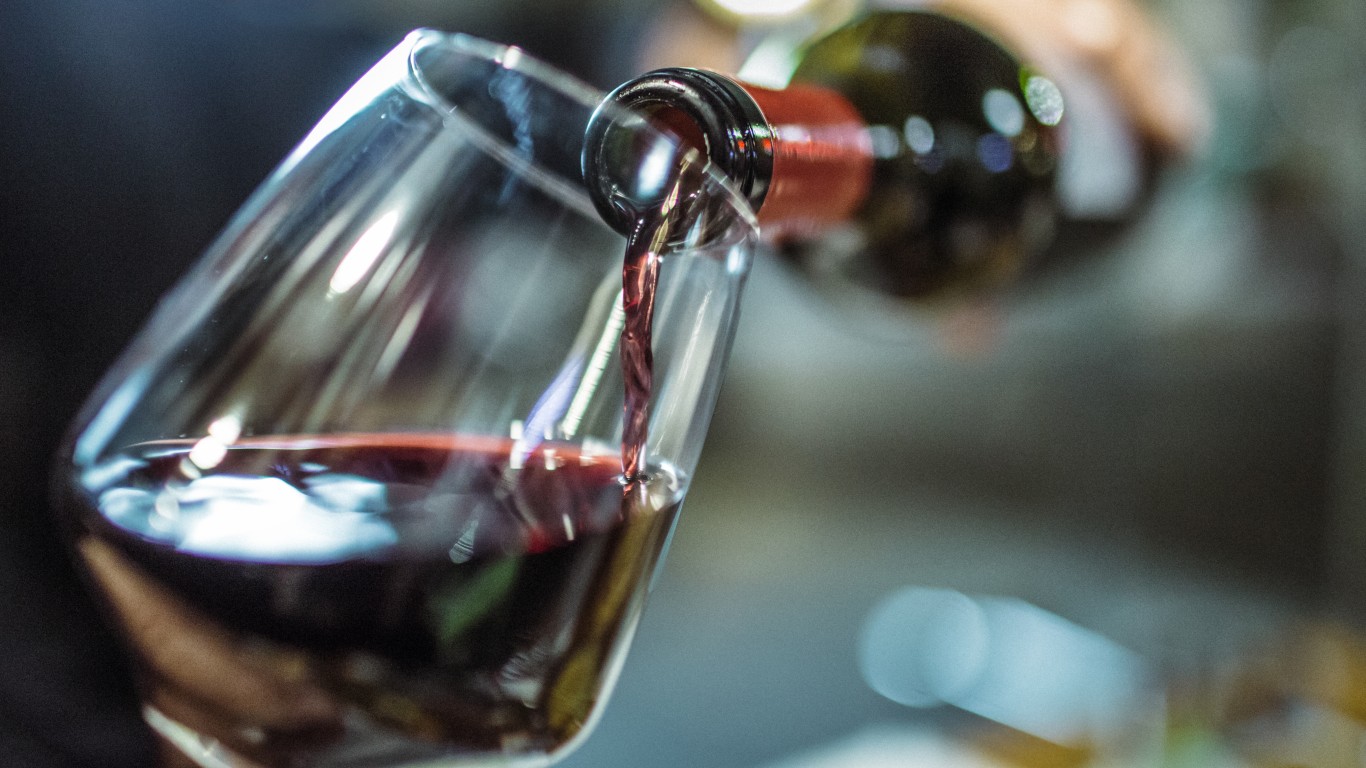
2. Free wine
> Year: 1950
> Location: Norway
On April 1, 1950, Norway’s largest newspaper, Aftenposten, published a front page article stating that the state-owned Wine Monopoly had received an extra large shipment of French wine. Unfortunately, the Wine Monopoly had no bottles in which to bottle the French wine. To remedy the situation, the newspaper continued, all wine would be 75% off and tax free that day, but customers were asked to bring their own “buckets, pitchers, and the like” to carry the wine. Norwegians — accustomed to bottle shortages in the post-war years — were lined up with buckets in hand when they found out they’d been taken.

3. Spaghetti trees
> Year: 1957
> Location: Great Britain
BBC Panorama presenter Richard Dimbleby gave a peculiar report in 1957, telling viewers that a moderate winter and better pest control had resulted in an unusually productive spaghetti crop for Swiss farmers. The claim was supported by film footage of Swiss peasants pulling spaghetti strands down from trees. Some viewers — not fully acquainted with the dish at this point in time — called in to ask the BBC how they could grow a spaghetti tree.

4. Society for Indecency to Naked Animals
> Year: 1959
> Location: United States
Fighting for morality and decency was all the rage in the 1950s. One group, the Society for Indecency to Naked Animals, claimed that unclothed animals put us in moral peril. The group — which alleged to have 50,000 members — espoused the need to cover all animals that measured more than 4 inches tall or 6 inches long. The group operated for six years, making numerous television appearances and publicity stunts. When the group’s president, G. Clifford Prout Jr., appeared on CBS for an interview with the revered Walter Cronkite, he was recognized as comedian Buck Henry. The jig was up, and Henry — along with the group’s creator, Alan Abel — admitted the whole thing was a hoax, despite numerous members joining in earnest.
[in-text-ad-2]
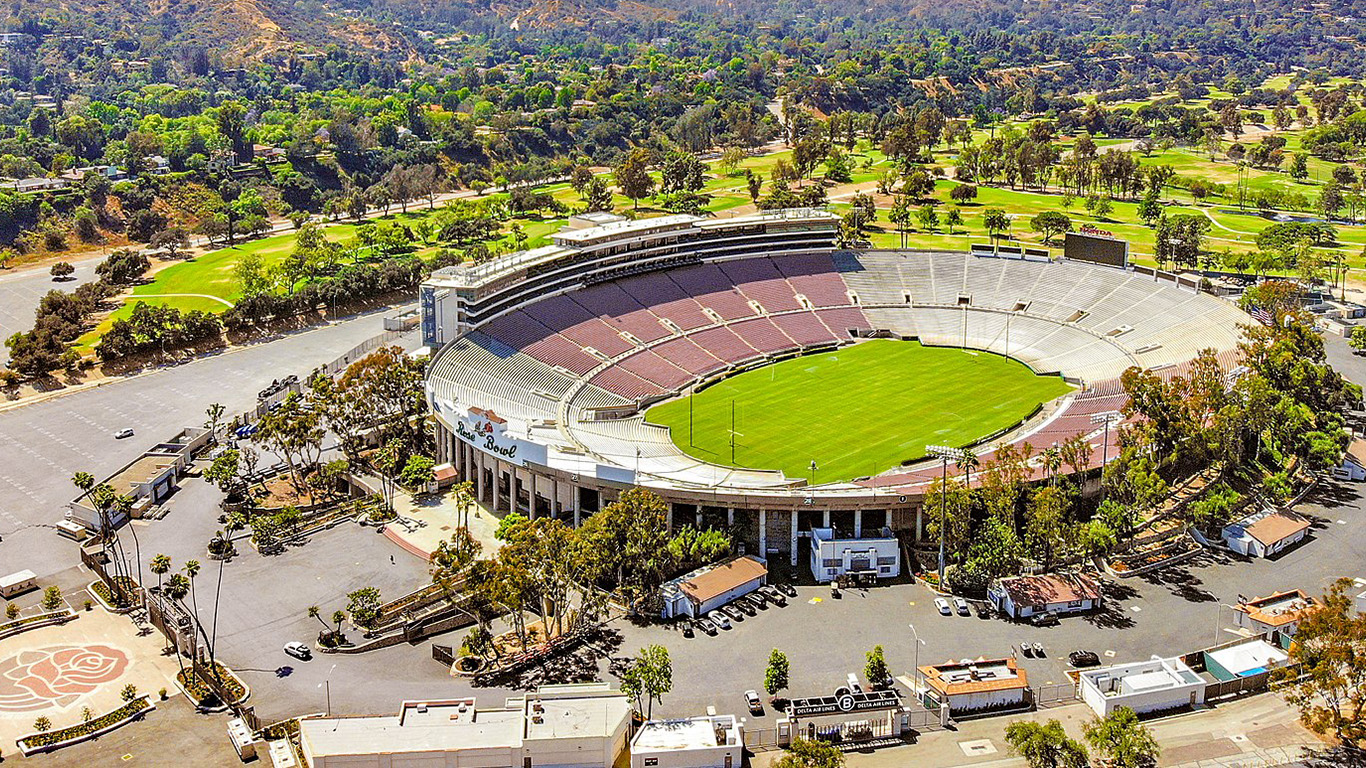
5. Rose Bowl switch-up
> Year: 1961
> Location: Pasadena, California
1961’s televised Rose Bowl game offered plenty of fun for fans of both the Minnesota Golden Gophers and the Washington Huskies and, unexpectedly, CalTech. During halftime, Washington fans were instructed to lift the flip cards placed under their seats, which was intended to spell out their team’s name. A group of pranksters, who called themselves the “Fiendish Fourteen,” had infiltrated the Washington cheerleading team, replaced the colored cards, and shocked viewers with their California Institute of Technology pride.

6. Instant color TV
> Year: 1962
> Location: Sweden
In 1962, Sweden’s national public television broadcaster, Sveriges Television, informed viewers they could easily transform their black and white TV sets to color. All one had to do was cover their screens with a nylon stocking, which would bend the light so that it would provide color. Thousands fell for the prank and ruined their stockings.
[in-text-ad]

7. Easter Island statue
> Year: 1962
> Location: The Netherlands
A Dutch man made an unusual discovery while walking on the beach outside the coastal city of Zandvoort, Netherlands. He stumbled upon what looked to be a worn-down statue like those found on Easter Island. A few days later — on April 1 — the statue was making international headlines, drawing thousands who wished to see it to Zandvoort. Later that very day, however, the man who made the original discovery revealed himself to be an artist named Edo van Tetterode who had made the statue himself. Tetterode would go on to create a National April 1 Society to recognize excellence in the field practical jokes.

8. MIT’s Great Dome
> Year: Since 1962
> Location: Cambridge, Massachusetts
While many practical jokes rely on fooling one’s target, in certain cases it’s consistency and dedication that ensure a prank’s success. This is the case with the numerous “hacks” on MIT’s 150-foot-high Great Dome building over the years. Since 1994, students have adorned the building with everything from (what looked like) a campus police car to a working phone booth. In 1999, the dome was even dressed up to resemble Star Wars’ R2-D2.

9. Mount Edgecumbe eruption
> Year: 1974
> Location: Sitka, Alaska
Some pranksters put in more effort than others. Oliver “Porky” Bickar proved his dedication when he convinced residents of Sitka, Alaska, that the nearby Mount Edgecumbe was erupting. Bickar — along with friends — had spent the previous four years assembling fuel, rags, and smoke bombs at the top of the dormant volcano. On April 1, 1974, smoke filled the air, ensuring international coverage for Bickar.
[in-text-ad-2]

10. Patrick Moore’s planetary alignment
> Year: 1976
> Location: Globally
On April Fools’ Day, 1976, BBC Radio 2 astronomer Sir Patrick Moore told listeners that Pluto and Jupiter would align that morning and that, somehow, this would temporarily reduce Earth’s gravity. Listeners went outside and jumped at the mentioned time to feel the lower gravity. Many even called the BBC to share their perceived experiences of having briefly “floated.” The trick’s setup has been reused since, often spread across modern social media.

11. Sydney Harbour iceberg
> Year: 1978
> Location: Sydney, Australia
Another arts and crafts-based prank would turn heads in Australia in 1978. Hundreds of concerned citizens worriedly reported that an iceberg had floated into Sydney Harbour on April 1, 1978. When some rain dissolved the iceberg — actually a combination of firefighting foam and shaving cream covered in a large white sheet — the prank was revealed as the work of young electronics entrepreneur Dick Smith.
[in-text-ad]

12. DST introduced
> Year: 1980
> Location: Sweden
Not 20 years after a Swedish television station convinced viewers that a nylon stocking would transform their black-and-white television sets to color TVs, the Swedish daily newspaper DN reported that daylight savings time had been introduced without prior notice resulting in — according to the paper — widespread chaos. Daylight savings would not actually be introduced until five days later.
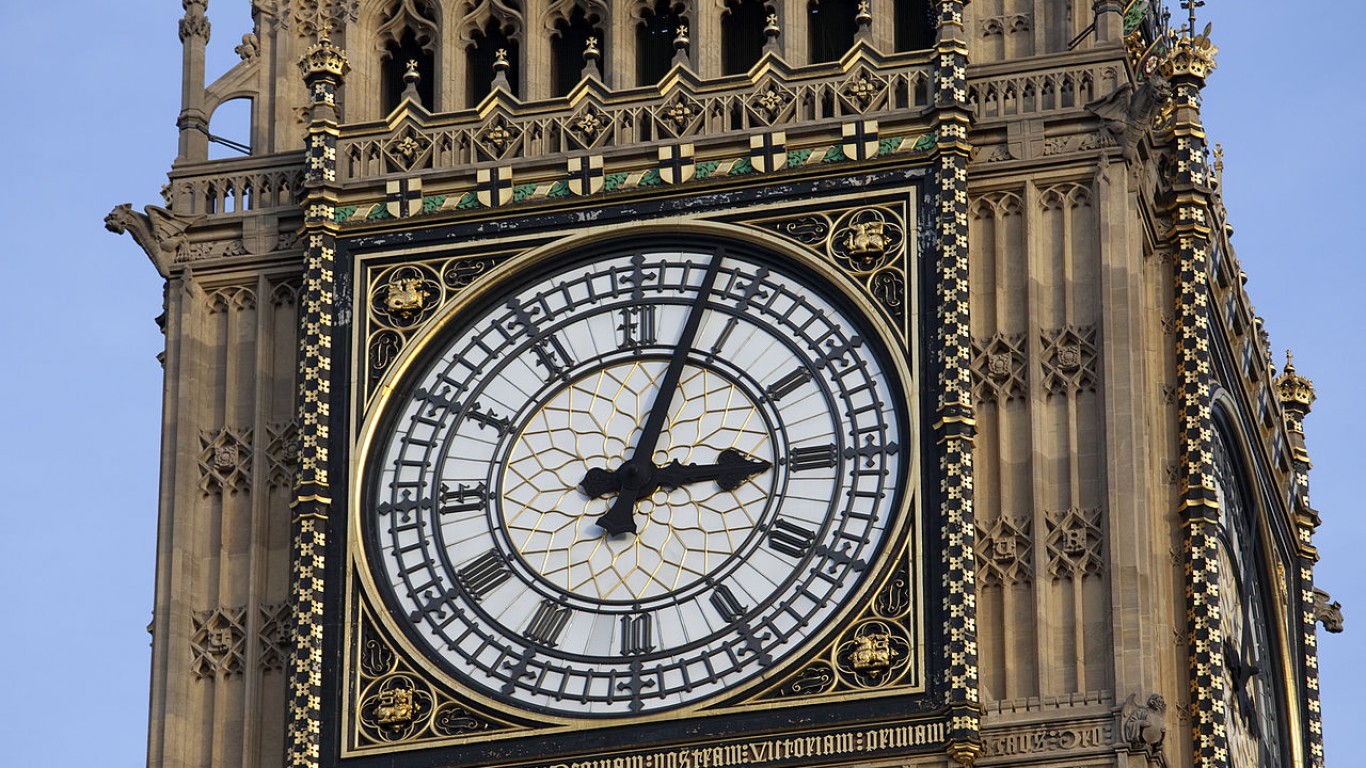
13. Big Ben digital
> Year: 1980
> Location: London, England
BBC drew ire in 1980 when it announced that Big Ben would be converted to digital. The report also declared that a few lucky callers would win the iconic clock hands, prompting calls from listeners.

14. Sidd Finch
> Year: 1985
> Location: United States
Sports Illustrated’s April 1985 issue contained a story sure to excite baseball fans: the New York Mets had recruited a Tibetan monastery-trained player named Sidd Finch, who could reportedly pitch a staggering 168 mph baseball. Excited fans were quick to request more information from the magazine, only to find that the “part yogi and part recluse” pitcher was the fictional creation of writer George Plimpton.
[in-text-ad-2]
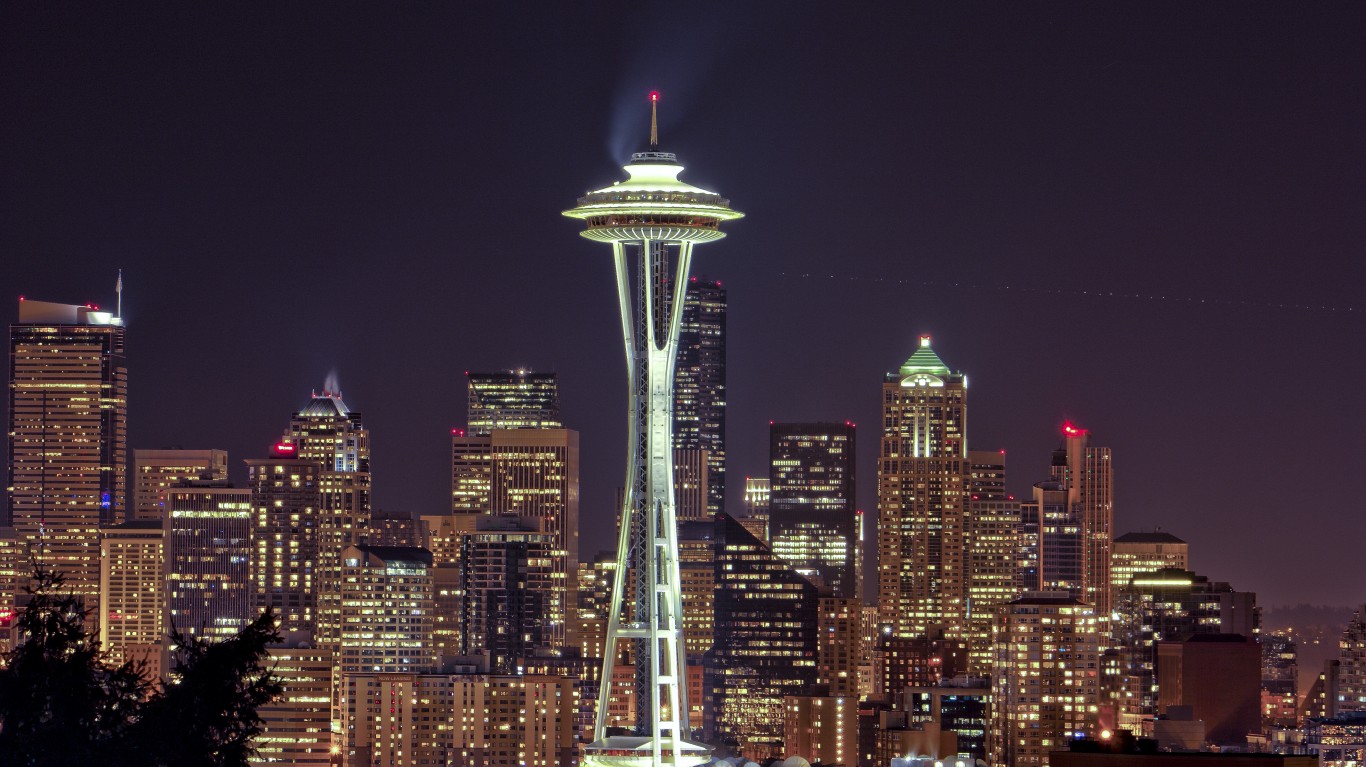
15. Seattle’s Space Needle
> Year: 1989
> Location: Seattle, Washington
Seattle-based sketch show “Almost Live” made American prank history when it delivered a televised report — complete with photographic “proof” — claiming the iconic Space Needle had fallen down. The local television station that aired the broadcast, as well as 911, received hundreds of calls from alarmed viewers.
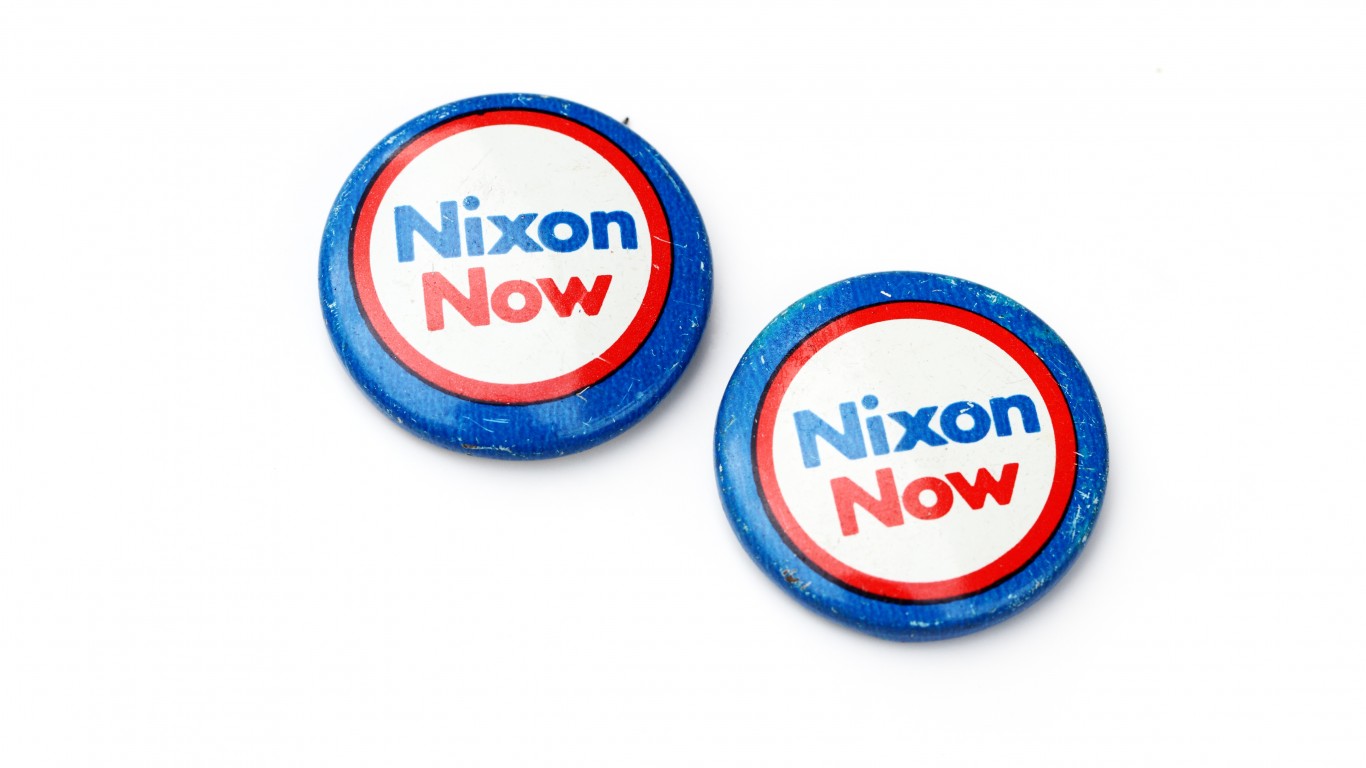
16. Nixon ’92
> Year: 1992
> Location: United States
National Public Radio’s “Talk of the Nation” shocked listeners when the hosts announced Richard Nixon was once again running for president, nearly 18 years after resigning. The show played audio of the former president announcing his candidacy, including the new campaign slogan: “I didn’t do anything wrong, and I won’t do it again.” Only after being inundated with calls did the hosts reveal their April Fools’ trick, having comedian Rich Little impersonating Nixon’s voice for the aired clips.
[in-text-ad]

17. Surfing under the influence
> Year: 1994
> Location: United States
John Dvorak elicited visions of a dystopian future for internet users in 1994, when the columnists published an article in PC Computing magazine detailing a congressional bill that would make it illegal to use the internet while intoxicated. Dvorak referred to the bill number as 040194, which was the date 04/01/94, and listed its contact person as Lirpa Sloof — April Fools backwards. Not every reader picked up on these clues, however, and Congress received an outpouring of outraged calls.

18. Taco Liberty Bell
> Year: 1996
> Location: Philadelphia, Pennsylvania
Taco Bell took the nation by storm in 1996, after the chain ran full-page ads in six of the country’s largest newspapers declaring the fast food restaurant had purchased the Liberty Bell. The National Park Service and Taco Bell headquarters were slammed with phone calls, including from the aides of U.S. senators. Taco Bell admitted it was all a joke by noon that day and donated $50,000 to the Liberty Bell’s upkeep.
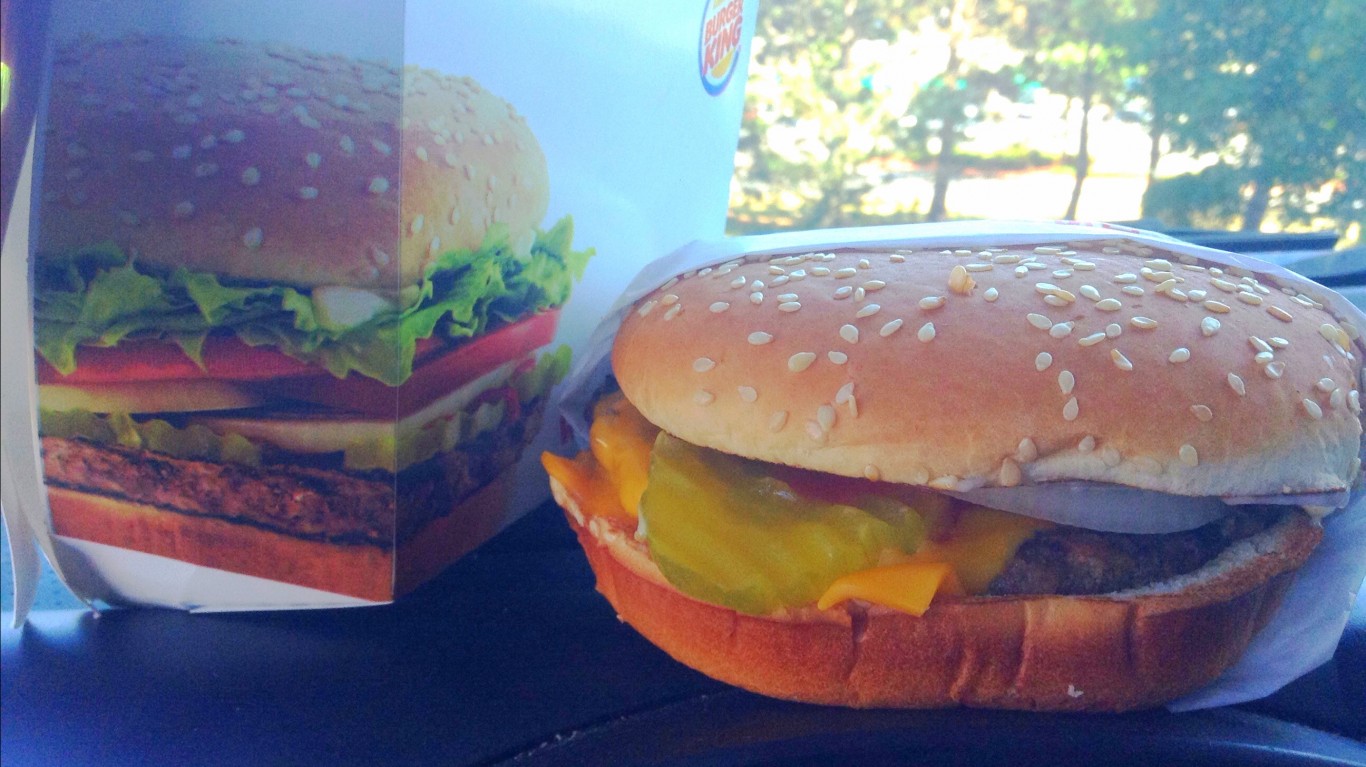
19. Left-Handed Whopper
> Year: 1998
> Location: United States
Another fast food chain decided to try its hand at trickery just two years after Taco Bell’s famous Liberty Bell purchase. In 1998, Burger King took out an ad in USA Today, introducing the “Left-Handed Whopper,” which had all the same ingredients found on a regular whopper but rotated 180 degrees to serve its left-handed customers. According to the restaurant, thousands of customers requested the non-existent burger.
[in-text-ad-2]

20. Flying penguins
> Year: 2008
> Location: Great Britain / Antarctica
BBC has pulled numerous pranks over the years, including airing a 2008 nature documentary trailer, announcing the discovery of flying penguins in Antarctica. The trailer even included animated footage of these penguins. Perhaps spoiling the joke for some Brits, the spot was hosted by comedian and Monty Python member Terry Jones.
It’s Your Money, Your Future—Own It (sponsor)
Are you ahead, or behind on retirement? For families with more than $500,000 saved for retirement, finding a financial advisor who puts your interest first can be the difference, and today it’s easier than ever. SmartAsset’s free tool matches you with up to three fiduciary financial advisors who serve your area in minutes. Each advisor has been carefully vetted and must act in your best interests. Start your search now.
If you’ve saved and built a substantial nest egg for you and your family, don’t delay; get started right here and help your retirement dreams become a retirement reality.
Thank you for reading! Have some feedback for us?
Contact the 24/7 Wall St. editorial team.
 24/7 Wall St.
24/7 Wall St. 24/7 Wall St.
24/7 Wall St.


